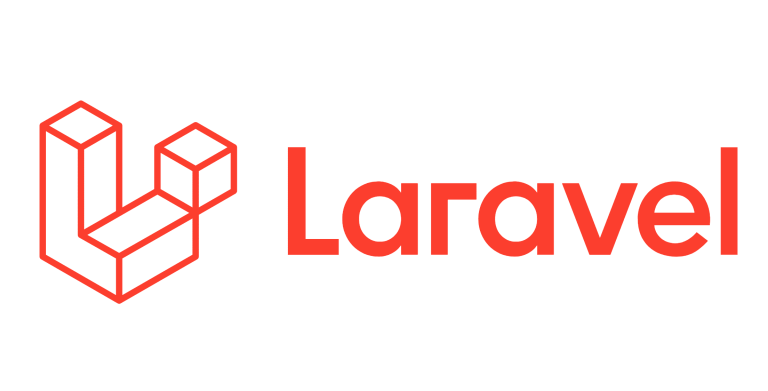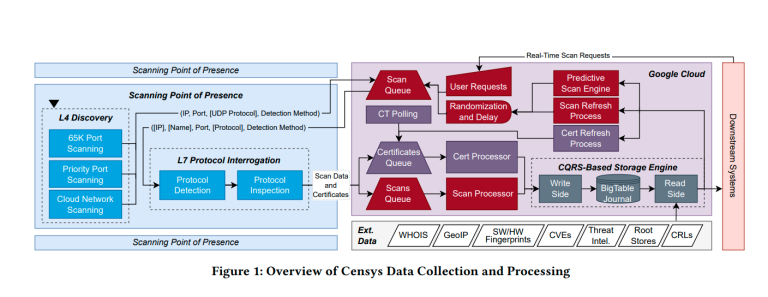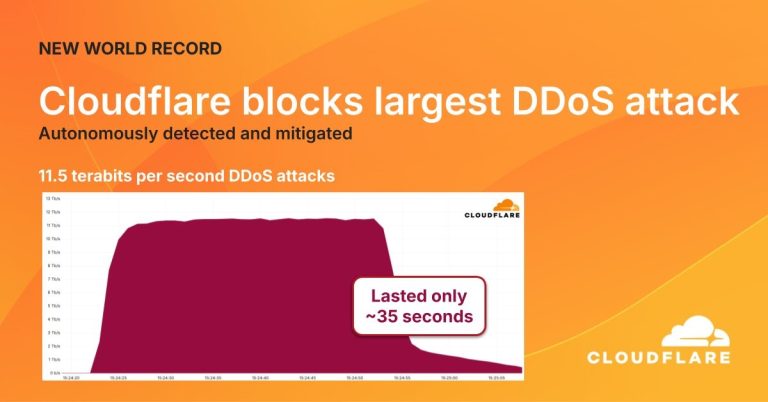
With the world increasingly going online due to the COVID-19 outbreak, cybersecurity should be a priority for organizations of all sizes. Many business owners are not aware of how often cyberattacks are. Worse, they may not realize their website or data has been compromised for weeks, months, or even years. While establishing data and online security may appear difficult, especially for the technologically challenged, there are still ways to keep businesses and their clients’ data safe.
Many think that cybersecurity is not a priority unless they’re attacked. Without a good preparation in place, recovery will certainly cost more than prevention.
The following are a few essential steps any business owner can take to improve their web security.

Start With The Basics
You should have the basic cybersecurity applications installed in your business computers for protection. These include antivirus and anti-malware software, as well as a firewall. Never switch off the firewall on any business computer after it is set up. Just like a physical firewall that prevents a fire in one area from continuing to spread to the rest of the structure, a computer firewall prevents unauthorized information and individuals from accessing a business’ computer network via the Internet.
Without this level of protection, even amateur cyber attackers can access your company’s system.
These easy security measures should not be set up by yourself alone. It’s important to leave the work to a team of professionals such as Secure Logic Solutions and other providers. They can train your employees about cybersecurity and work to secure and minimize risks across your organization and employees. With IT experts, you can be confident that your defense strategies are working properly.
Ensure That Your Cybersecurity Policy Is Known Inside Your Organization
Insider threats may have a great effect on businesses. As a result, not only upper-level management and IT specialists should be concerned about cybersecurity. It is common for employees to mistakenly click on harmful websites and attachments, or fail to encrypt sensitive files. A cybersecurity policy should outline each employee’s role in safeguarding the company’s data, systems, and networks. It should educate your staff about how important cybersecurity is.
Using such policies is recommended while creating and sustaining a cybersecurity program. As more businesses develop digital initiatives, robust security procedures are required.
Encrypt Your Files
Encryption is needed for file and data security. It’s a difficult idea to grasp, yet it’s essential for protecting critical business data. To prevent unauthorized users from reading text, encryption scrambles it. This helps protect the privacy of digital data stored on computers or sent over networks like the internet. You can encrypt files, folders on your PC, cloud information, and more.
Organizations that gather personally identifiable information (PII) including names, birthdates, financial information, and Social Security numbers must secure it. Failure in securing PII from theft, leak, or disclosure can get you into legal trouble.
Cybersecurity Threats To Look Out For
No matter who hackers target, small or big businesses, they want to get their hands on sensitive data like credit card details. A person’s identity can be exploited in several ways if adequate identifying information is obtained.
Understanding how hackers get access to information is one of the best ways to prepare for an attack. While this is not an entire list of potential risks, business owners should be aware of the following sorts of attacks.
- Denial Of Service. A denial of service (DoS) attack floods a computer or network, preventing it from responding to requests. A distributed DoS (DDoS) attack achieves the same thing but from a computer network. These attacks will not allow you to use your computers or network. Hence, it can halt your operations and even corrupt your files. Some cybercriminals use this time to launch other cyberattacks.Another type of attack is a botnet. This is a sort of DDoS in which a hacker controls millions of computers infected with malware. Botnets, often known as zombie systems, target and overwhelm processing capabilities. Botnets are widespread and hard to track.
- Phishing is a commonplace cyberattack method since it is cheap and easy to execute. Phishing attacks frequently look like regular emails from reputable sources but actually download malware onto your computer or device, giving hackers essential access.
- Password Attack. A cybercriminal can get and use a ton of information through the right password. Social engineering is one kind of password attack that works through human interaction. This often includes luring people into breaching routine security procedures. Password attacks also involve database access and guessing.Zero Standing Privileges could help businesses avoid social engineering scams. This implies that a user’s access capabilities are only allowed for the duration of the task. Even if hackers got credentials, they couldn’t access internal systems or sensitive data.

Conclusion
Every business needs cyber security. The above ideas are a great start for developing a sturdy foundation for protecting your business and customers safe online.






